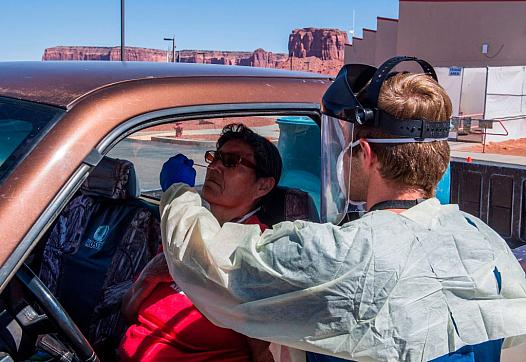
Tribes are finding strength and solutions in culture and tradition amid the devastation of COVID-19.

Tribes are finding strength and solutions in culture and tradition amid the devastation of COVID-19.
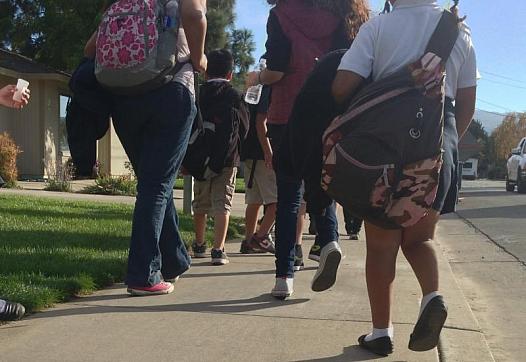
Multi-tier support is helping to lower suspension numbers, but Latinos are still disproportionately represented in suspensions and dropout rates.
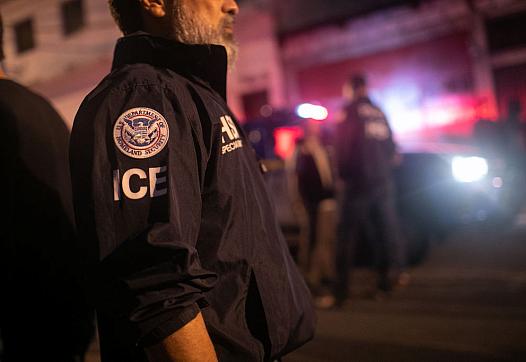
Hard-won lessons from an investigation into ICE's failure to provide adequate medical care to detainees on its privately chartered jets.
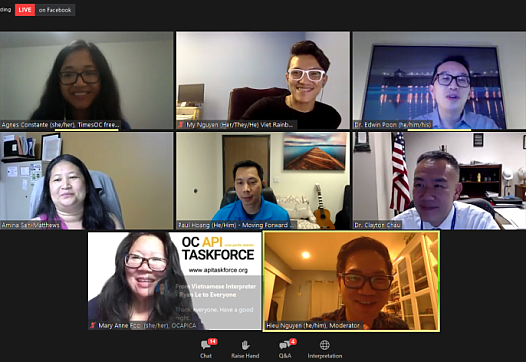
Dr. Clayton Chau, director of the Orange County Health Care Agency, joined a group of Asian American medical providers, officials, advocates and journalists to speak about mental health.
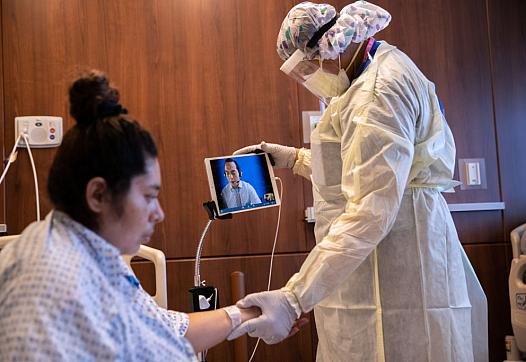
Too many hospitals and clinics buck legal requirements to serve patients in their languages. The failure to communicate can have deadly consequences.

A new article published by the East-West Center outlines how the state can effectively stem the rapidly growing coronavirus cases in the Pacific Islander community.

North Carolina politicians have long sparred over insurance for the poor, with little movement toward expansion.
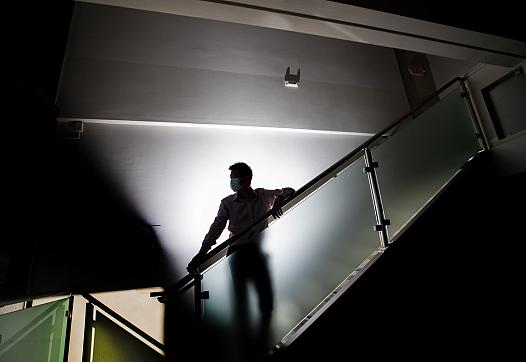
An investigation reveals a system in which violence can be perpetuated against detainees with impunity, both by other detainees and facility staff.

This story was produced by Rubén Tapia with support from USC Center for Health Journalism's 2020 Impact Fund. His reporting looks at how delays in the cleanup of neighborhoods contaminated by emissions from the now-shuttered Exide battery recycling plant in LA is affecting the health of residents...
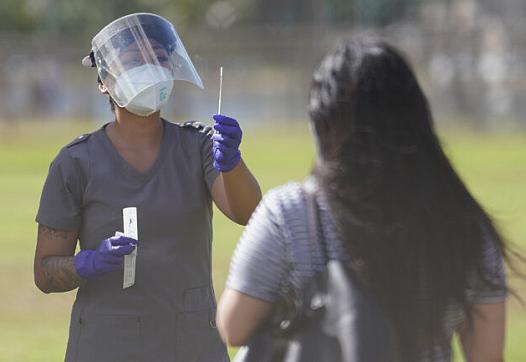
Leaders across many Pacific Islander communities have been working to prevent COVID-19 infections from increasing.